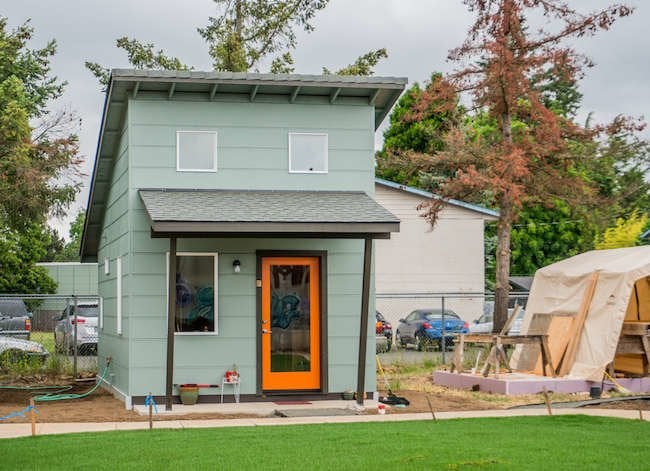

We may earn revenue from the products available on this page and participate in affiliate programs. Learn More ›
Home Advice You Can Trust
Tips, tricks & ideas for a better home and yard, delivered to your inbox daily.
By signing up you agree to our Terms of Service and Privacy Policy.
They Don't Expand with Your Family
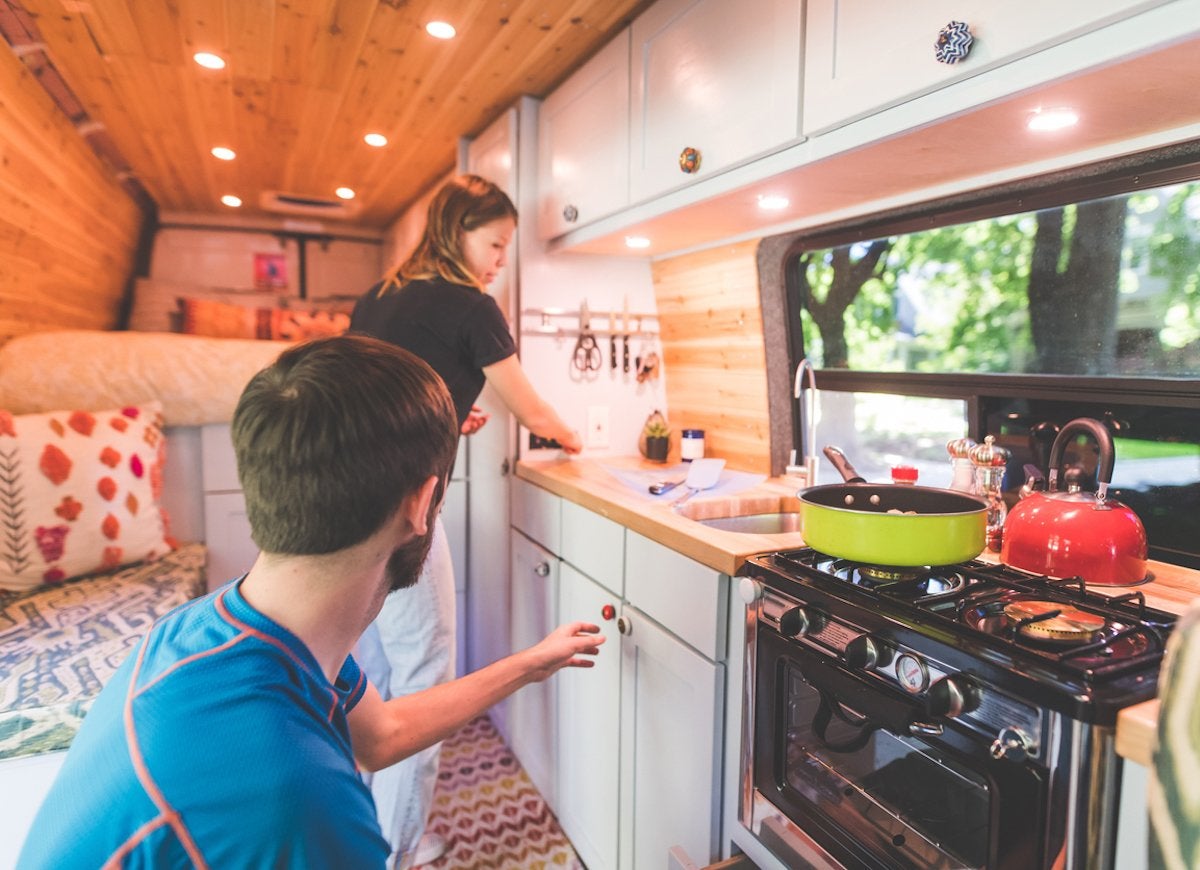
You may be single and fancy-free now, but what about in 10 years’ time? Before you invest in building a tiny house, consider your plans and factor in any children you may want to have in the future.
Research Property Costs and Zoning
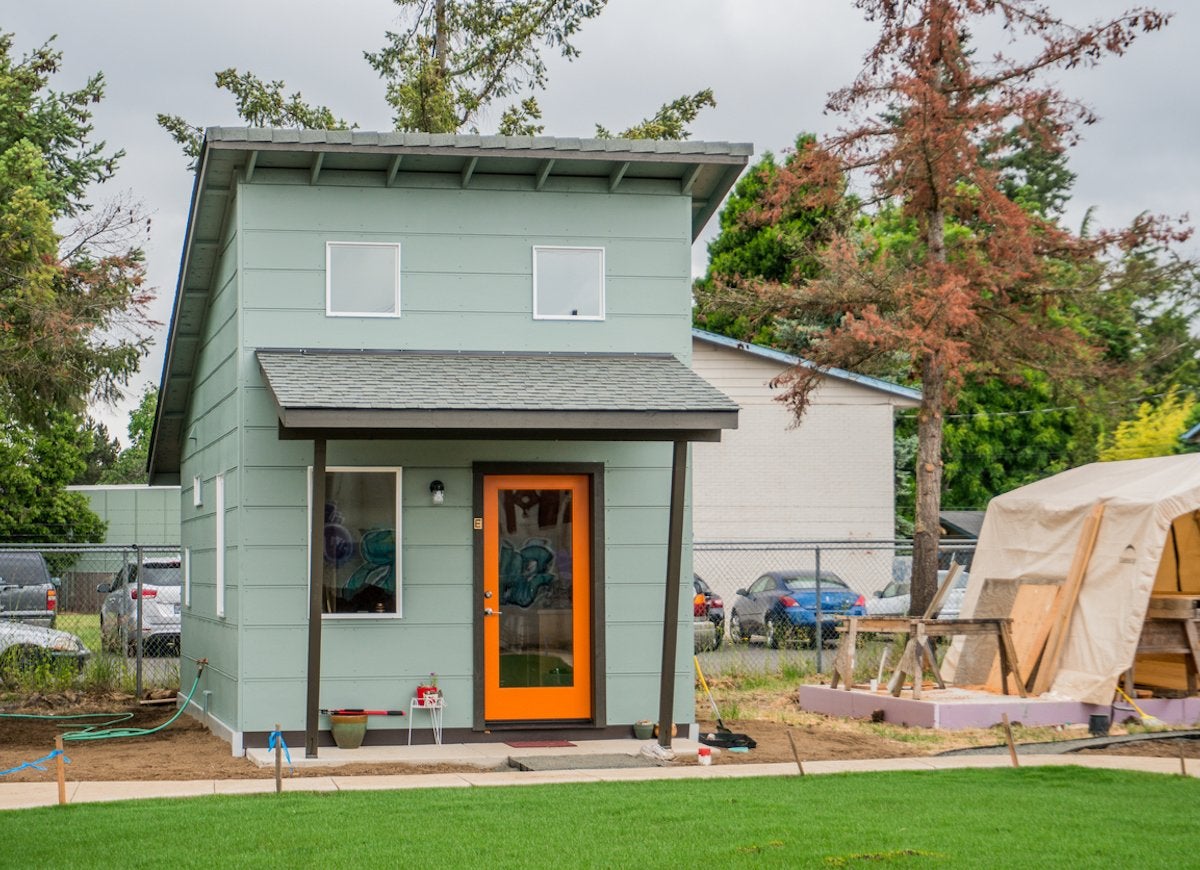
Zoning laws in many localities haven’t caught up with the tiny house movement, so you may be looking at renting rather than buying land. To make sure you have up-to-date zoning information, your best resource is the American Tiny House Association.
Choose a Convenient Location
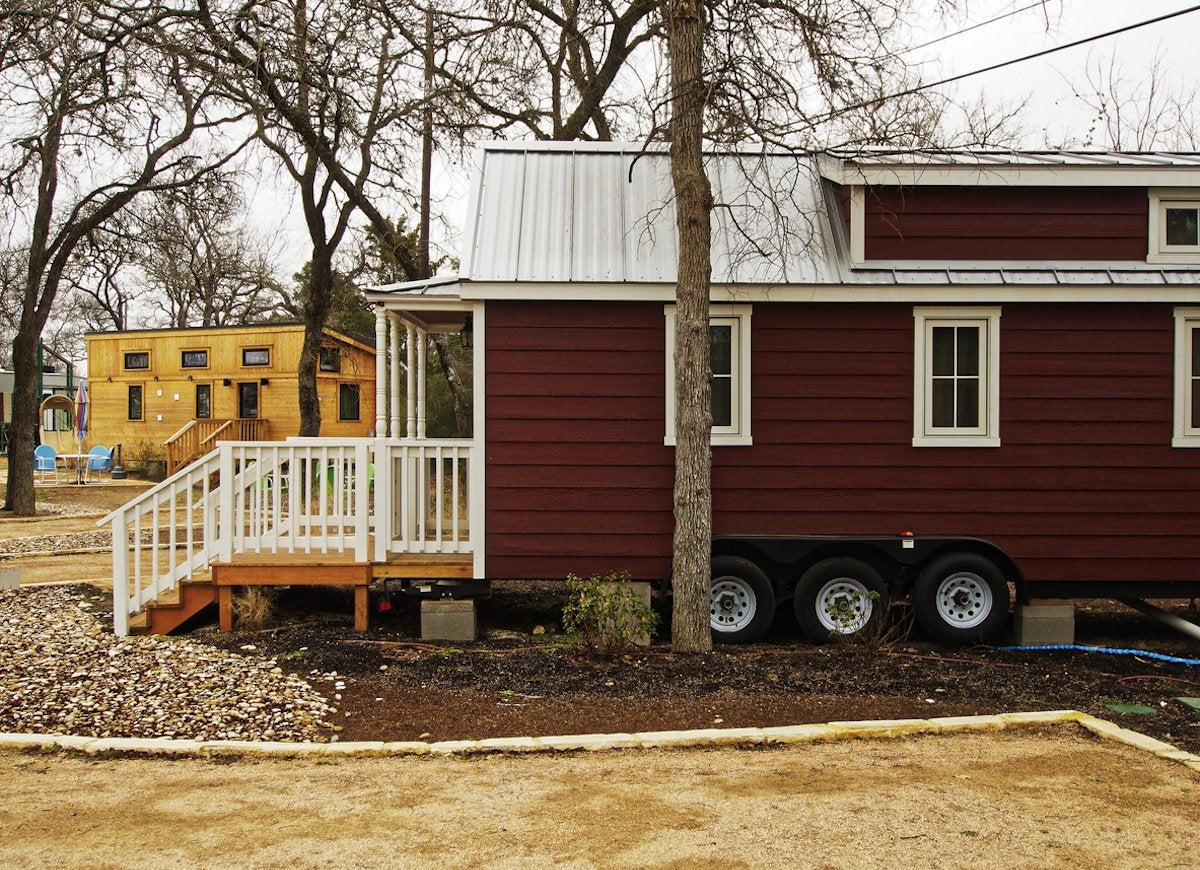
After you’ve scoped out a piece of land to build on, consider its proximity to services you need as well as your workplace. Where will you buy groceries? Is there a drug store nearby? Will you be isolated, or can you easily visit friends—and vice versa?
Plan for Extreme Weather

A tiny house should be sturdy and built to last, and should also be well insulated so it can stand up to high and low temperatures and violent weather. Fortunately, many engineers and architects have taken up the challenge, designing tiny homes that can even withstand hurricanes.
Think About Plumbing and Waste
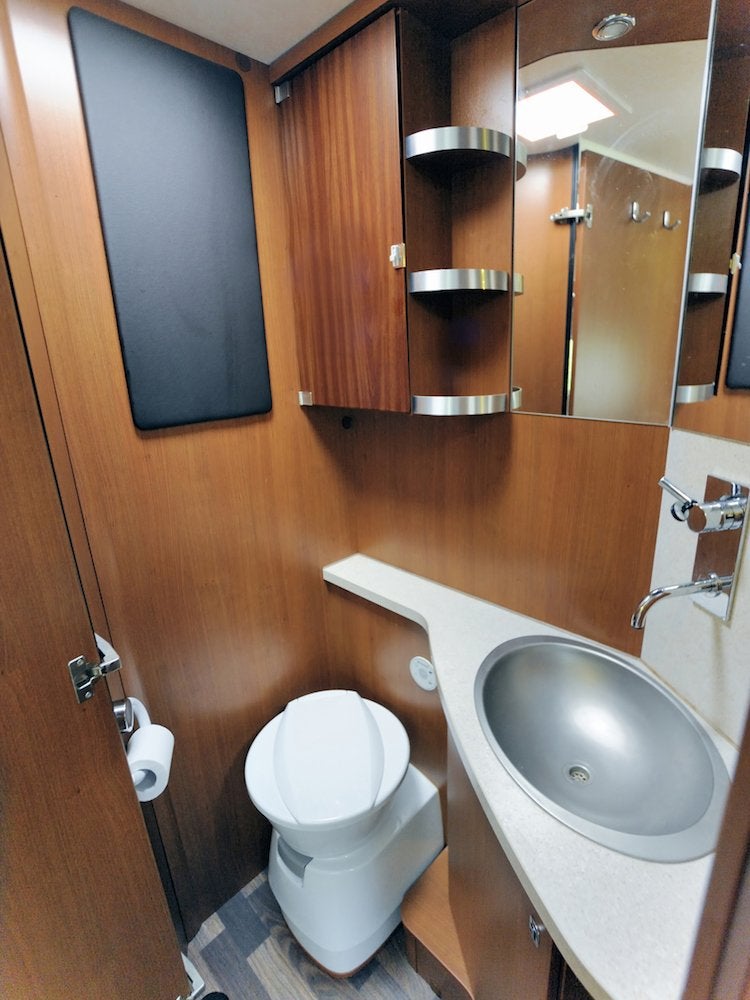
As the owner of a tiny home, you will become familiar with the composting toilet, which allows you to build on land with no septic tank. An alternative to the composting toilet, an incinerating toilet reduces waste to ash. Both have their pros and cons, so it’s important to do your research.
Build for Security
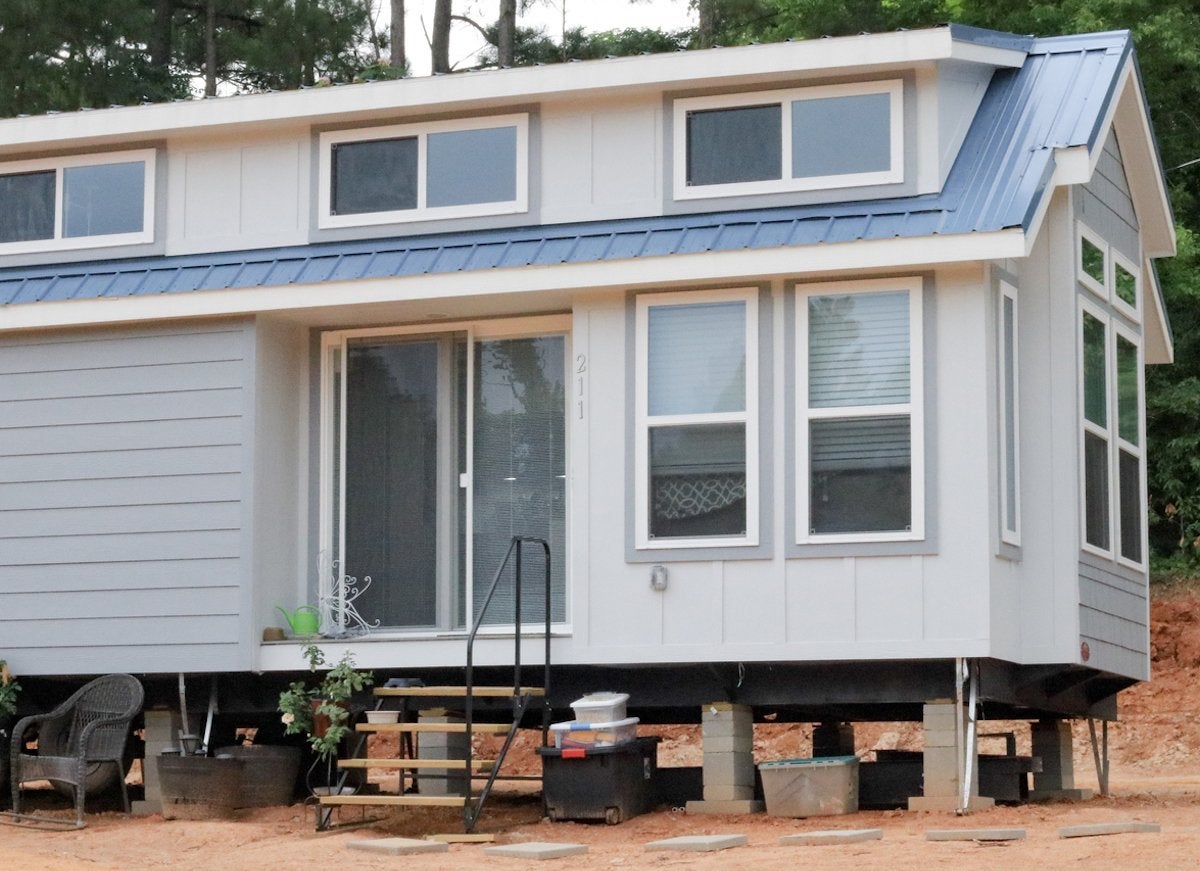
Unlike traditional homes, a tiny house can be stolen, so you’ll need to think beyond door and window locks. To deter thieves, make sure to anchor your home to the ground using wheel locks or house blocks, and install security cameras and GPS tracking as well.
Know Where You Can Park
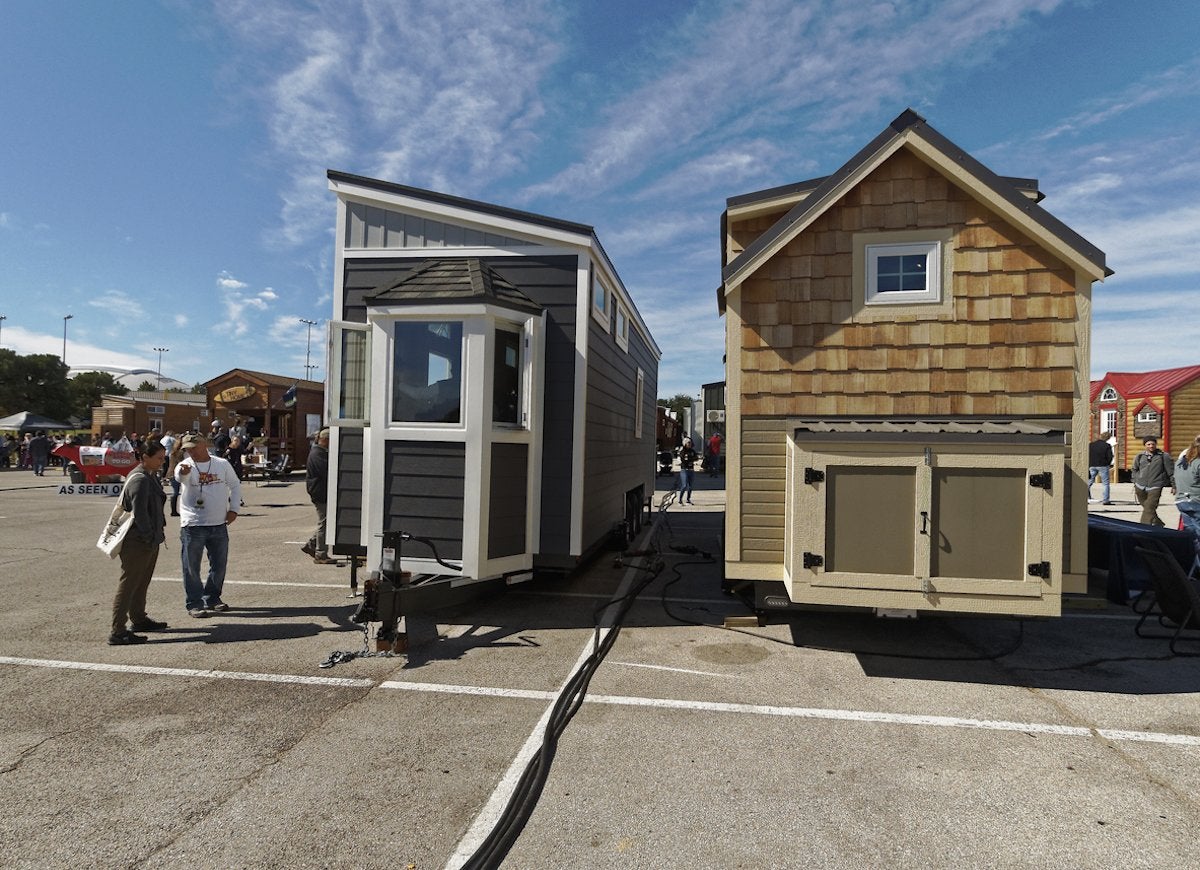
According to industry experts, there is “no definitive answer” about where you can park your tiny home. There are, however, organizations that can help you navigate existing laws. Check out Tiny House Parking and Tiny House Hosting for more info.
Budget for Upkeep and Repairs
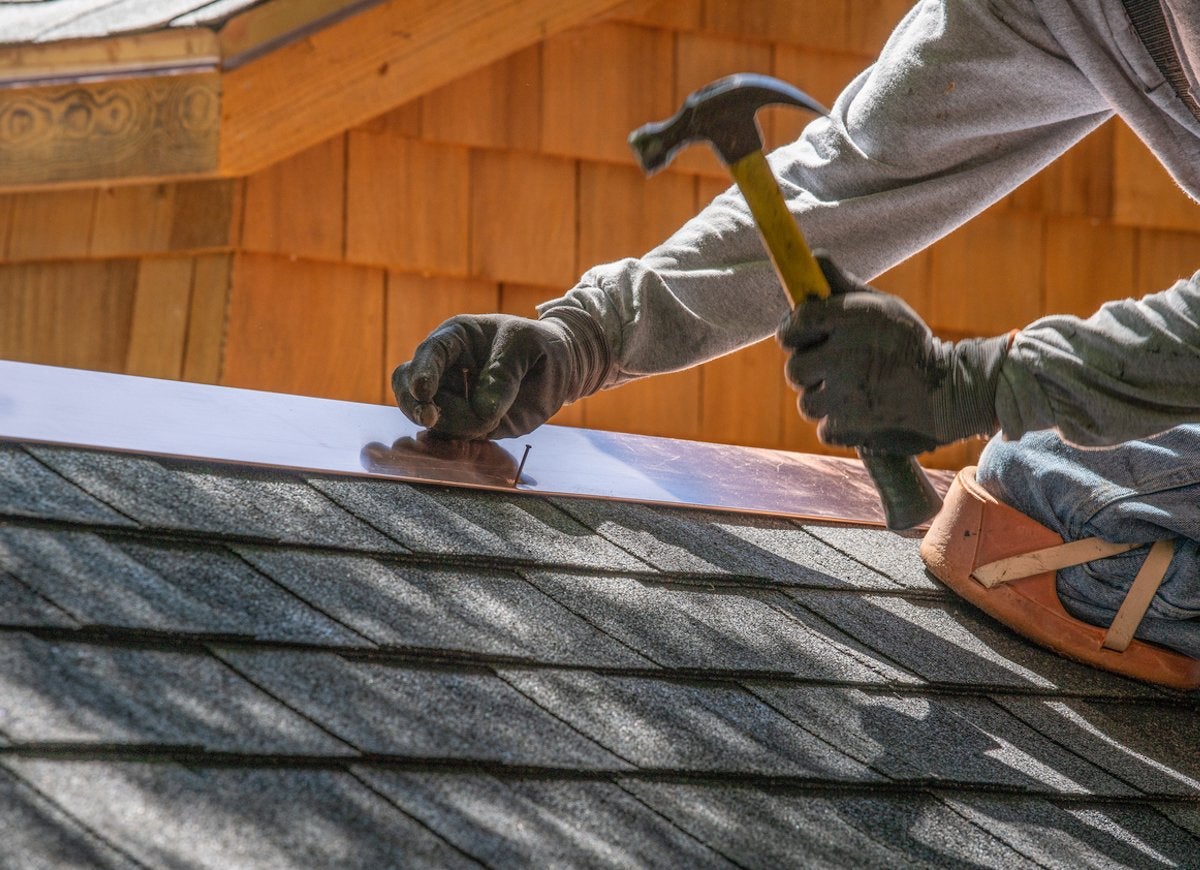
While initial building costs may be low for tiny houses, upkeep can be expensive. Create a budget for maintenance and repairs, and be mindful that tiny houses often require custom sizes and specialist expertise, which can be costly.
Satisfy Your Storage Needs
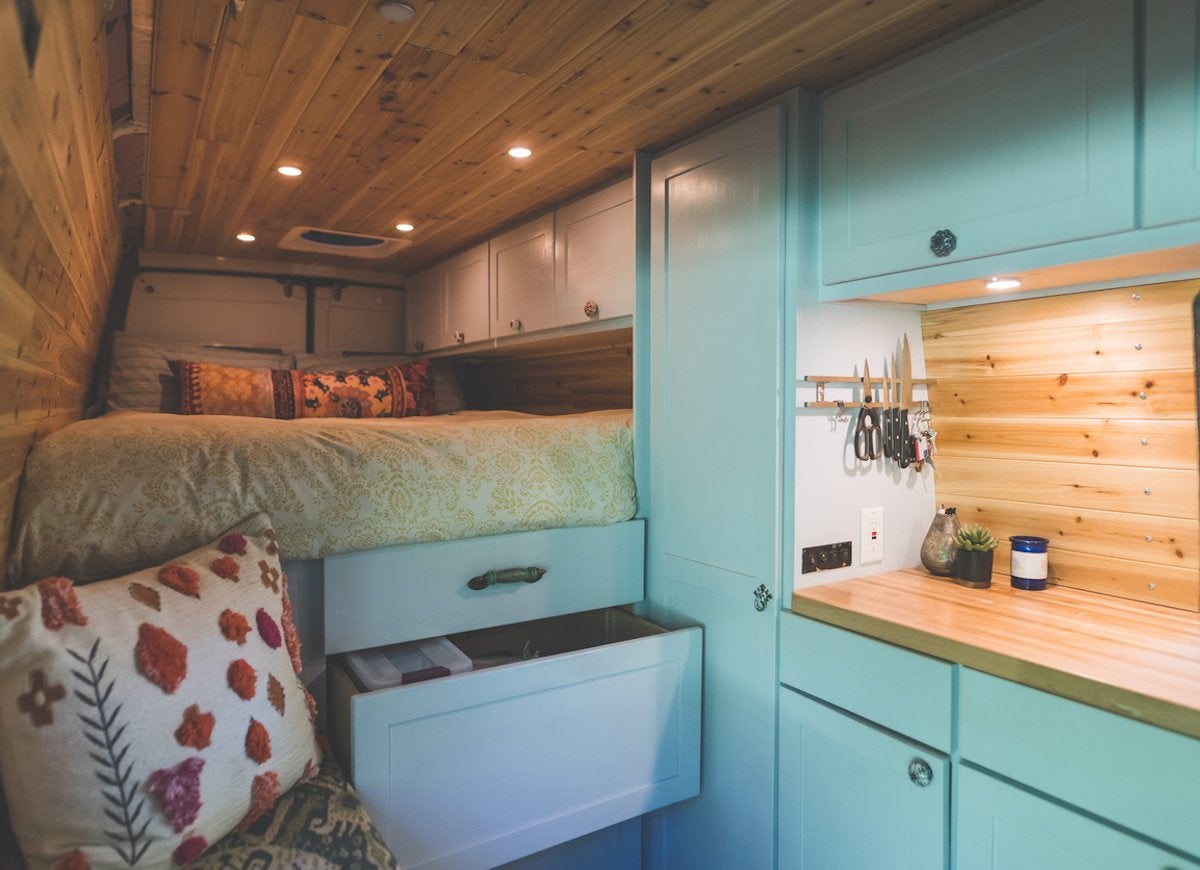
It’s amazing how much you can fit into a tiny home—if, that is, the home was designed with plenty of space-saving features and with an eye toward accommodating your stuff. Pay special attention to creative solutions, such as these 18 ingenious storage ideas.
Insurance

While a tiny home can’t be insured like a traditional house, according to Policy Genius you do have options, including RV policies (for mobile homes) and manufactured home insurance policies (for stationary homes). Prices can run from $400 to $1,500 annually, depending on the cost of the house, its location, the coverage you select, and the deductible.

All You Need to Care for Your Lawn & Garden
Keeping your grass green and your plants thriving doesn’t just take a green thumb—it starts with the right tools and supplies.